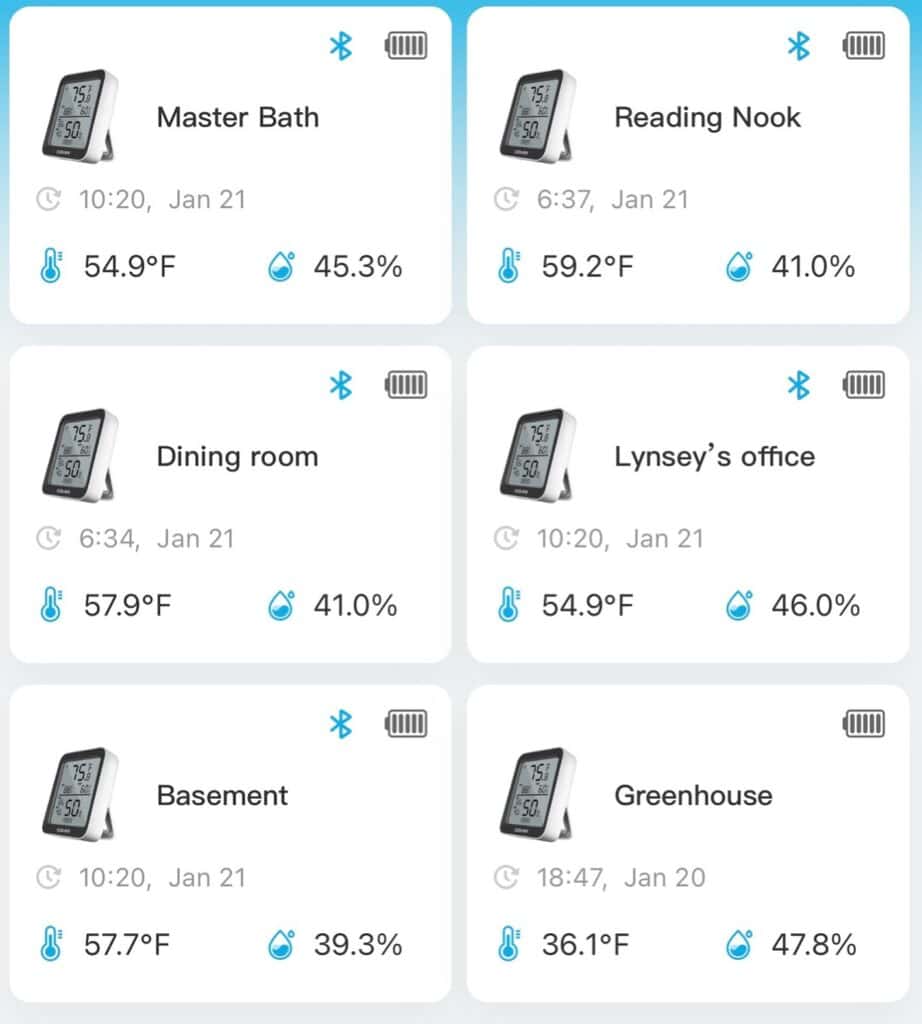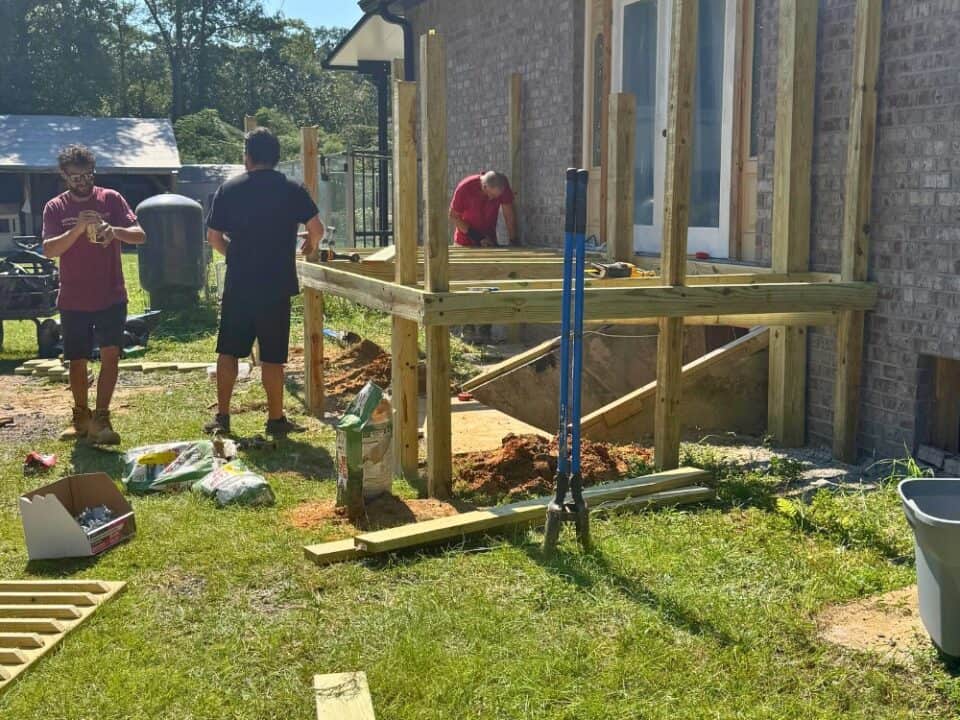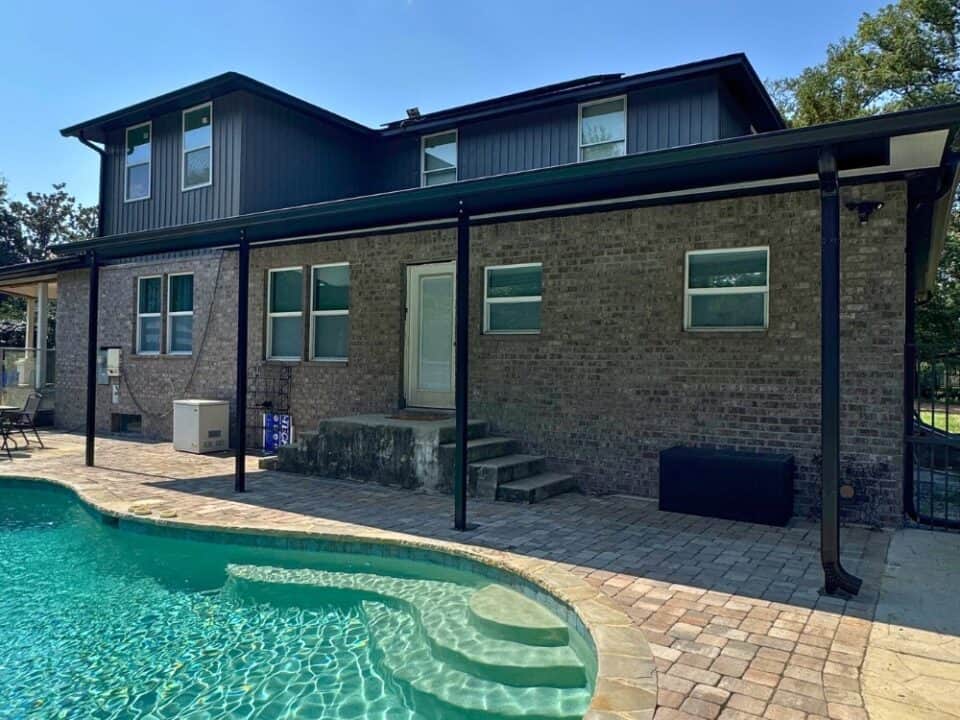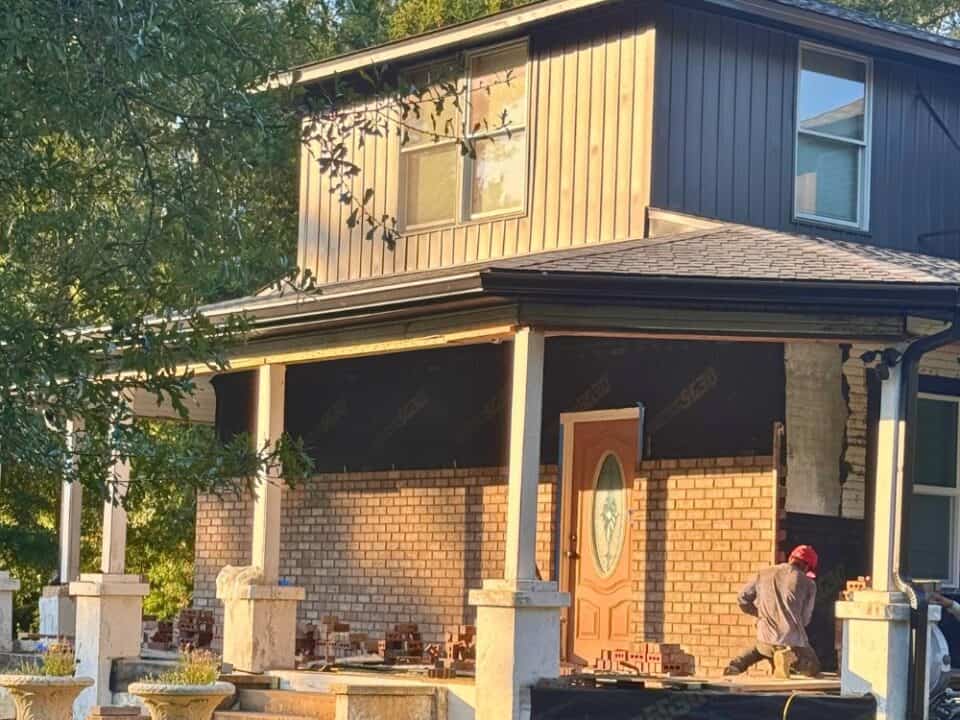The Not So Great
One of the less glamorous parts of restoring a 1908 Victorian is realizing that charm does not equal insulation. Our house is beautiful, creaky, full of character, and absolutely freezing. Every January, we seem to test just how many layers a person can wear indoors before losing mobility. ![]()

This post may contain affiliate links, which means if you click through and purchase, I may receive a commission at no cost to you. As an Amazon Associate, I earn from qualifying purchases.
The photo above shows our temperature monitors from a particularly cold morning. Yes, those are indoor readings. The master bath was barely hanging on at 54.9°, the dining room sat just under 58°, and the greenhouse was 36°. We had the heat running, space heaters tucked in corners, and a power bill that would make most people cry.
The problem isn’t just the age of the house. It’s how these old homes were built to breathe in a humid climate like northwest Florida. That “breathing” is great in summer when the walls release moisture instead of trapping it, but in winter, it feels like living inside a very pretty sieve. The cold seeps in from the basement and up through every gap in the floorboards.
Soon we’re insulating the basement in hopes it makes a difference. It won’t solve everything since parts of the house aren’t over the basement at all, but we’re testing what we can. That’s the reality of old-house living – you fix one thing, learn what that changed, and then move on to the next.
We could modernize it more aggressively, sure, but then it wouldn’t feel like Pauline Manor anymore. So for now, we’ll layer our sweaters, drink hot tea in the reading nook, and remind ourselves that we chose this. It’s all part of the charm, even when our breath fogs up in the kitchen. ![]()
![]()



